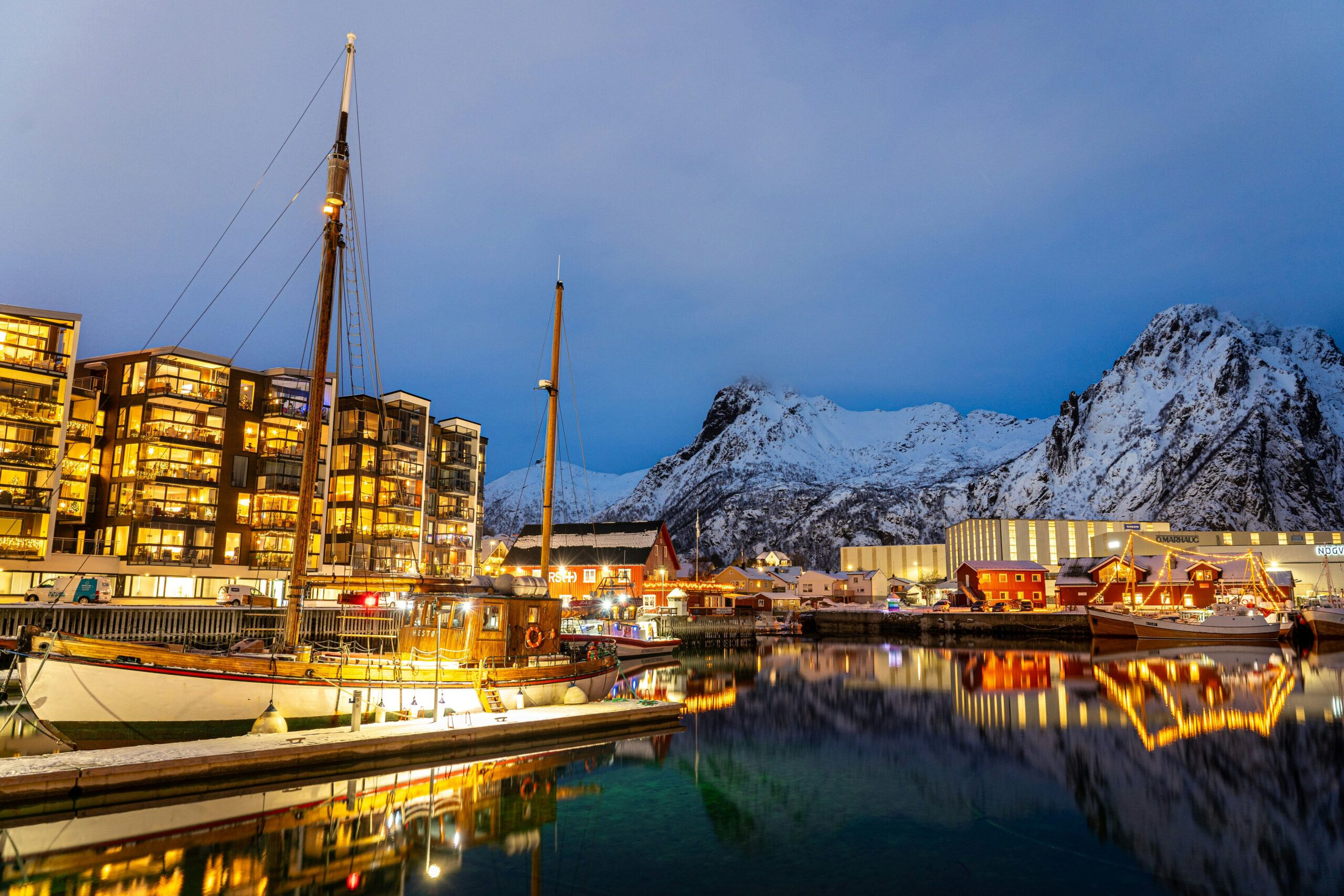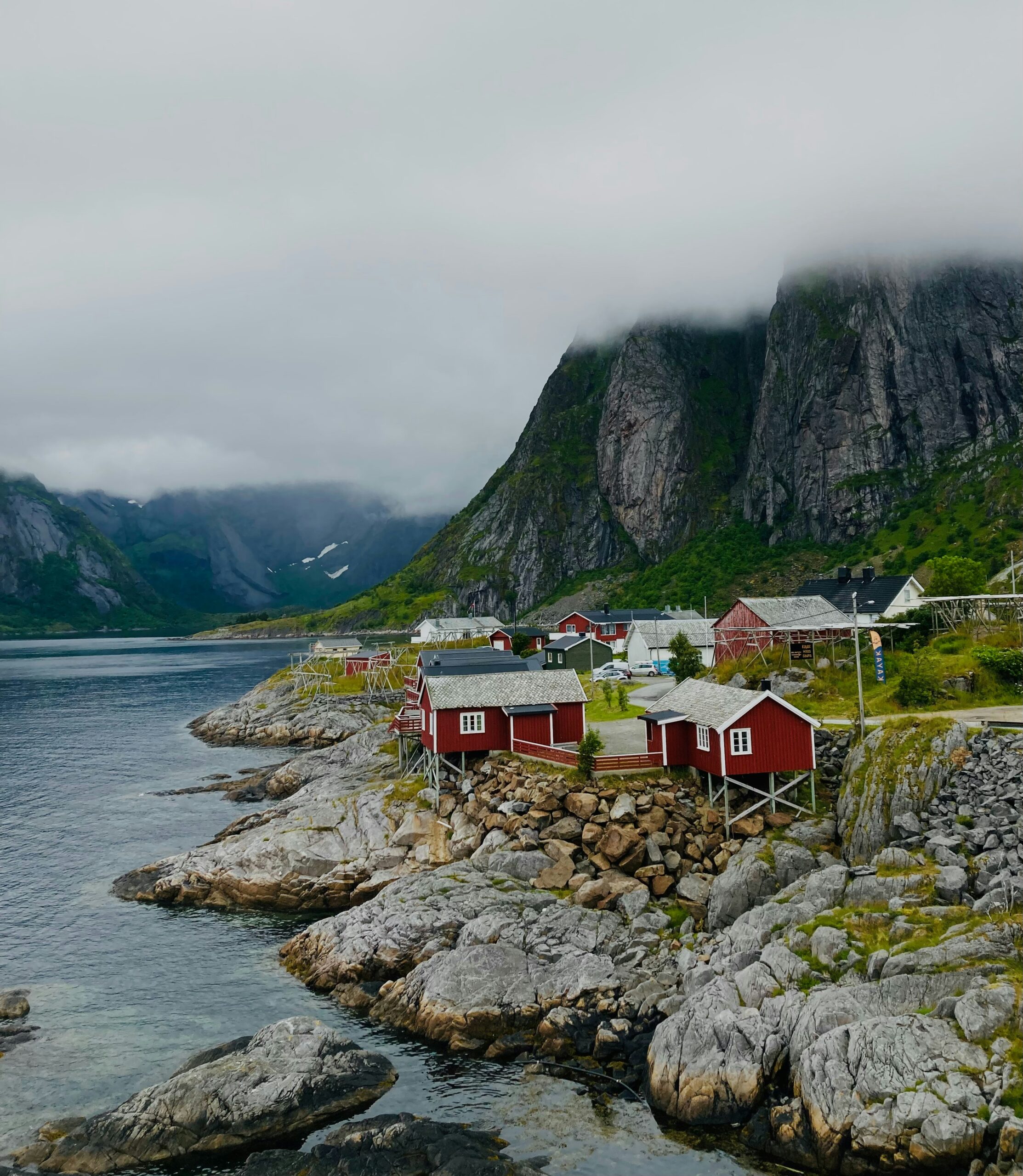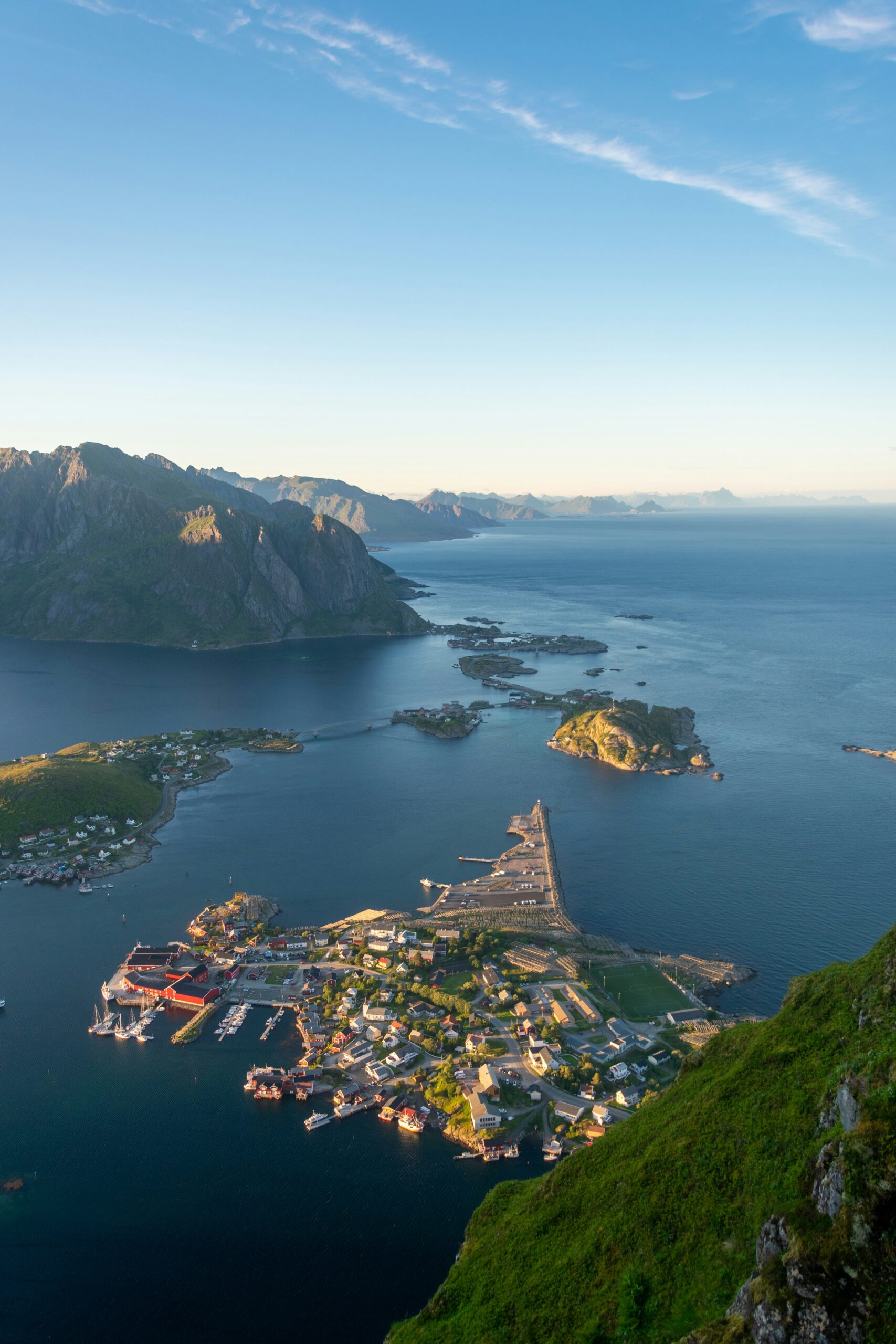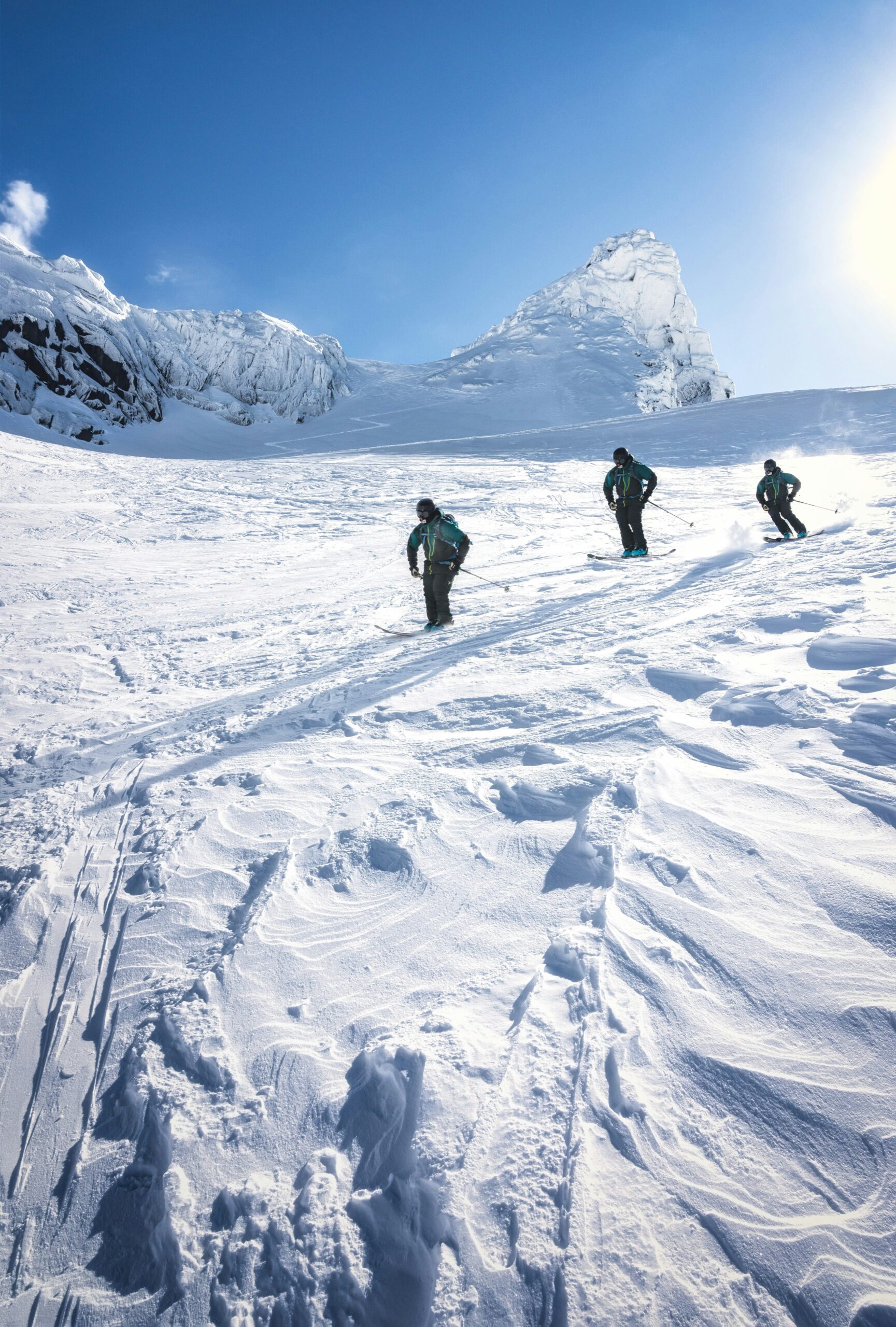The Ultimate Lofoten Islands Guide: Your Complete Arctic Experience

What to Expect from This Guide
This comprehensive guide equips you with everything needed for an extraordinary Lofoten Islands holiday. We'll cover meticulously crafted itineraries, detailed hiking recommendations, essential photography tips, insights into local culture, and sustainable travel practices that respect this pristine Arctic environment.
Why Lofoten? A Destination Unlike Any Other
The Lofoten Islands occupy a unique position 100 miles above the Arctic Circle, creating landscapes that defy expectations. Here, you'll witness the Midnight Sun during summer months, where the sun never sets, painting dramatic peaks in ethereal golden light. Come winter, Polar Nights transform the islands into a theatre for the Aurora Borealis.

This archipelago has supported thriving fishing communities for over 1,000 years. Today's visitors can experience this rich heritage through traditional rorbuer accommodation and authentic cultural experiences. The Lofoten Islands map reveals a chain of mountainous islands connected by bridges, each offering unique adventures.
Whether you're an adventurous explorer, photographer, or cultural enthusiast, the Lofoten Islands provide unparalleled rewards for those venturing to this Arctic paradise.
Planning Your Lofoten Adventure: Essential Logistics
Best Time to Visit Lofoten
Summer (June-September): The Land of the Midnight Sun
Summer transforms the Lofoten Islands into a hiker's paradise. The Midnight Sun creates exceptional conditions for photography and outdoor activities. This is peak season for hiking, with all trails accessible and ideal kayaking conditions.
However, summer weather remains unpredictable. Pack layers and waterproof gear—temperatures range from 10-20°C (50-68°F), with sudden rain showers and strong winds. Popular trails like Reinebringen experience crowds, so early morning starts are recommended.
Winter (December-April): Arctic Wilderness
Winter transforms the islands into an Arctic wonderland. Polar Nights create perfect Northern Lights viewing conditions, whilst snow-covered peaks offer pristine wilderness experiences. Winter requires serious preparation—4-wheel drive vehicles are strongly recommended, and temperatures can reach -10°C (14°F).
How to Get to the Lofoten Islands
Fly to Bodø & Ferry to Moskenes: The Scenic Route
The most cost-effective approach starts with a flight to Bodø airport, followed by a 3.5-hour ferry to Moskenes. This route offers incredible panoramic views as towering peaks rise from the sea. The ferry accommodates vehicles, making this preferred for rental cars or campervans.
Fly Directly to Leknes or Svolvær: Time-Saving Options
Direct flights to Leknes (LKN) or Svolvær (SVJ) airports eliminate ferry travel. These smaller airports offer limited car rental facilities—book well in advance. Whilst more expensive, this option provides immediate island access.

Driving: Maximum Flexibility
Bringing your own vehicle or renting a campervan provides ultimate flexibility. The drive from Oslo takes approximately 18 hours through magnificent Norwegian countryside.
Getting Around Lofoten
Rental Car: Economical and Practical
Rental cars offer the most economical option with lower fuel consumption and costs. Narrow, winding roads favour smaller vehicles, and parking is easier at popular locations. This works best with conventional accommodation.
Campervan: Freedom and Flexibility
Campervans embrace "van life" philosophy, offering freedom to camp in designated areas whilst following local regulations. Choose smaller campervans for easier navigation, and remember wild camping must be 150 metres from houses and roads.
5-Day Lofoten Road Trip Itinerary
Day 1: Arrival & Reinebringen Ascent
Begin with the ferry to Moskenes, then explore Å Village's unique museums and local bakery. Evening calls for the famous Reinebringen hike—a challenging 448-metre climb featuring celebrated Sherpa stairs (1,800 stone steps) leading to one of Norway's most photographed viewpoints.
The summit rewards hikers with breathtaking panoramic views over Reine town and surrounding fjords. Conclude your day with cinnamon buns at Reine's cosy café—a beloved local tradition.
Day 2: Secluded Beaches and Marine Adventures
Choose between a boat trip to pristine Bunes Beach through easy hiking from Vindstad, or the more secluded Horseid Beach from Kirkefjorden. Both offer white sand beaches surrounded by dramatic peaks.
Alternatively, join guided kayaking through Reinefjorden, where calm waters provide opportunities to spot orcas and sea eagles whilst experiencing the islands from a unique marine perspective.

Day 3: Iconic Ryten & Nusfjord
Hike to Ryten summit for magnificent views over Kvalvika Beach. Search for the celebrated "mini Trolltunga" rock formation and hidden surfer cabin. The 543-metre climb requires moderate fitness but rewards with dramatic vistas.
Spend evening in historic Nusfjord, staying in traditional rorbuer. This perfectly preserved fishing village operates as a living museum, offering authentic experiences into centuries-old fishing traditions.
Day 4: Offersøykammen or Arctic Surfing
Hike Offersøykammen for epic panoramic views over emerald islands and turquoise waters. This moderate 376-metre climb offers 360-degree vistas showcasing dramatic topography.
For something different, visit Unstad Beach to witness Arctic surfing and taste celebrated cinnamon buns at Arctic Surf café. Alternatively, explore the fascinating Lofoten Viking Museum.

Day 5: Mannen Hike & Farewell
Conclude your Lofoten Islands holiday with the easy Mannen hike, offering stunning views over celebrated Haukland and Vik beaches. These white sand beaches provide final photography opportunities and reflection time.
Where to Stay & Eat in Lofoten
Recommended Accommodation
Affiliate Partnership: We partner with trusted accommodation providers to help you find the best deals for your Lofoten adventure. Our recommendations are based on quality and value, and we may earn a commission from bookings made through our links at no extra cost to you.
Accommodation Options
Rorbuer: Traditional Experience
Staying in rorbuer represents the quintessential Lofoten experience. These traditional red cabins connect visitors with maritime heritage. Sakrisøy Rorbuer offers stunning waterfront locations, whilst Nusfjord Retreat provides premium historic experiences.
Hotels & Guesthouses
Reine Rorbuer offers modern amenities with fjord views. Svolvær features Best Western Vestfjord Hotel with excellent dining and central location. Henningsvær provides boutique options like Det Hvite Hus.
Culinary Delights
Must-Try Restaurants
Holmen Lofoten delivers exceptional seven-course gourmet experiences showcasing local ingredients. Anita's Fish offers freshest catches in casual waterfront settings. Tapperiet Bistro provides excellent mid-range dining with local specialities.
Local Specialities
Famous cinnamon buns (kanelboller) have achieved legendary status—try them at Å Village or Unstad Arctic Surf café. Traditional stockfish dishes represent fishing heritage, with cod dried by Arctic winds creating unique flavours.
Daily Budget Breakdown
Mid-Range Travel Budget (Per Person/Day)
Photography in Lofoten
Iconic Locations
Hamnøy: The Classic Shot
The view from Hamnøy Bridge represents the most photographed Lofoten scene. Red rorbuer reflect in still waters whilst dramatic peaks create perfect backdrops. Visit during sunrise or sunset for optimal lighting.
Reine: Postcard Village
Reine village provides classic photos from the main bridge viewpoint, including traditional buildings, working harbour, and Reinebringen peak backdrop. Excellent for both day and night photography.
Arctic Beaches
Haukland and Uttakleiv beaches offer unusual Caribbean-white sand surrounded by Arctic peaks. The famous "Dragon Eye" rock formation at Uttakleiv provides unique foreground interest for long exposures.
Essential Photography Tips
Recommended Equipment
Sturdy tripods are essential due to persistent Arctic winds. Wide-angle lenses (15-35mm) prove crucial for dramatic landscapes and Northern Lights. Pack multiple spare batteries—Arctic temperatures drain power quickly.
Weather Awareness
Arctic weather changes rapidly—conditions shift from sunny to snow squall within minutes. Download Norwegian Weather App "YR" for accurate forecasts. Always carry waterproof camera protection.
Sustainable Tourism & Local Culture
The Lofoten Code of Conduct
Protecting Paradise
Camp only in designated areas, maintaining 150 metres from houses and roads. Leave no trace—pack out all waste. Follow established paths to prevent erosion. Use public toilets and respect private property.
Observe fire bans strictly and respect wildlife by maintaining safe distances. Consider local tour operators who understand environmental sensitivities and contribute to the local economy.
Why This Matters
Lofoten's fragile Arctic ecosystem cannot sustain unlimited tourism pressure. High visitor numbers strain infrastructure and potentially damage pristine environments. Local communities experience both benefits and challenges from tourism.
Understanding Local Culture
The Lofoten Islands' identity remains rooted in 1,000-year fishing traditions. Modern tourism brings economic opportunities but also creates challenges. Embrace responsible tourism by supporting local businesses and respecting environmental guidelines.
Common Lofoten Travel Questions
How many days are enough for the Lofoten Islands?
Three days provides essential exposure, whilst seven days offers the perfect comprehensive experience including multiple hikes, cultural immersion, and weather flexibility.
How much does a Lofoten road trip cost?
Budget approximately €212 per person per day for two mid-range travellers, including car rental, fuel, ferry, activities, and accommodation.
Do you need a 4-wheel drive in Lofoten?
Not required during summer for basic attractions, but strongly recommended for winter visits due to snow and ice conditions.
Is Lofoten crowded in summer?
Popular locations like Reinebringen experience significant crowds during summer. Early morning starts are essential for peaceful experiences.
What are 'rorbuer' in Lofoten?
Traditional Norwegian fisherman's cabins originally built on stilts over water, now converted into unique tourist accommodations maintaining historic authenticity.
Your Exceptional Lofoten Journey Awaits!
The Lofoten Islands offer extraordinary combinations of dramatic natural beauty, rich cultural heritage, and unique Arctic experiences creating lifetime memories. From ethereal Midnight Sun painting peaks in golden light to mesmerising Northern Lights dancing over fishing villages, each moment reveals new wonders.
Whether conquering challenging trails, capturing once-in-a-lifetime photographs, or immersing in fishing traditions, the Lofoten Islands satisfy every traveller type. Your Lofoten Islands holiday represents more than a vacation—it's an opportunity to connect with pristine nature and experience authentic Nordic culture.
Plan your journey to this Arctic paradise today, and discover why the Lofoten Islands capture hearts of adventurers worldwide. For more travel inspiration and detailed guides, visit Summer Affi and explore our comprehensive collection of destination guides.
For additional information about visiting Norway and the Lofoten Islands, consult the official Visit Norway website, which provides up-to-date travel information and local insights.
About Our Recommendations: This guide includes affiliate partnerships with trusted travel providers. We carefully select accommodations and services based on quality and value to enhance your Lofoten experience. Our recommendations remain honest and independent, helping you make informed travel decisions.
